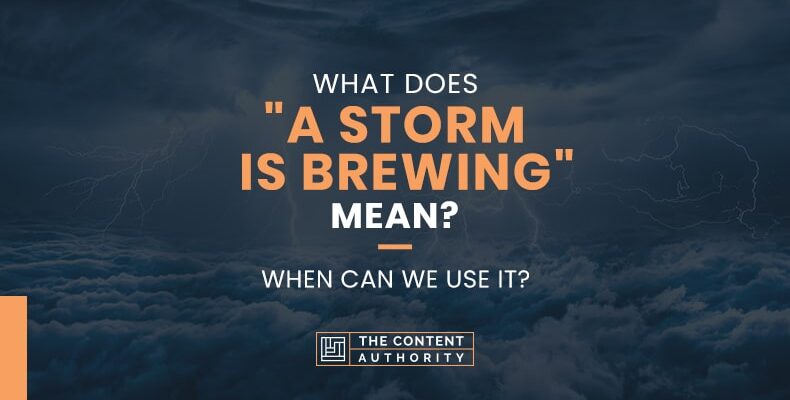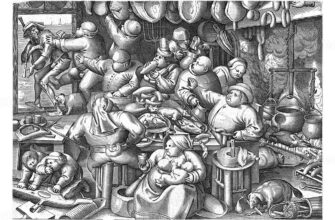The cinematic world, by its very nature, thrives on exploration, challenging norms, and reflecting the intricate tapestry of human experience—the good, the bad, and the ethically ambiguous. Yet, whispers from the recent `Window to Europe` film festival in Vyborg, Russia, reveal a growing apprehension among filmmakers. A new “law on moral values in cinema” has emerged, casting a long, uncertain shadow over an industry already grappling with its identity. The core fear? That the nuanced, often uncomfortable, truths depicted on screen could fall victim to a shifting, arbitrarily defined moral compass.
The Nebulous Nature of “Moral Values”
The proposed legislation is reportedly so broad that its reach extends not only to future productions but also, alarmingly, to classic films. This retroactive application raises a fundamental question of artistic integrity and historical context. A film, once completed, stands as a document of its era, capturing societal nuances, fashion, dreams, and anxieties. To subject such works to a modern, perhaps anachronistic, moral purity test is, at best, a peculiar form of cultural iconoclasm.
Consider the recent stir around Alexei Balabanov`s films, specifically “Cargo 200,” rumored to be targeted for “non-compliance” with traditional values. While Deputy Elena Drapeko, initially linked to the initiative, clarified her suggestion was merely to raise the film`s age restriction, the mere possibility of such a ban underscores the profound anxieties. Even Stanislav Rostotsky`s revered 1972 classic, “The Dawns Here Are Quiet,” a film born from the profound experiences of World War II veterans, could theoretically face scrutiny. As Drapeko herself, an actress in that very film, reflected, “Art cannot be distilled. It is always built on conflict and disturbs someone`s peace.”
The Art of Conflict: Why Darkness Matters for Light
Filmmakers like Alena Zvantsova, a distinguished director and screenwriter, articulate a critical philosophical point: true art derives its power from exploring the full spectrum of human existence, including its darker facets. “To discuss light,” Zvantsova asserts, “one must speak in detail about darkness.” If cinema is confined to a realm of “white, sunny tones,” it risks becoming a “conversation about nothing,” devoid of the inherent conflicts that drive compelling drama and foster personal growth. The very process of human development, she notes, is built upon learning from mistakes and confronting challenging realities.
This sentiment resonates deeply within the creative community. The impulse to sanitize narrative, to present an idealized version of reality, inadvertently strips art of its ability to provoke thought, inspire empathy, or even educate. It reduces complex human stories to simplistic fables, and not particularly engaging ones.
The Shadow of Self-Censorship and a Leadership Vacuum
The impact on contemporary filmmakers is immediate and tangible. Larisa Sadilova, a director and a graduate of the legendary Sergei Gerasimov`s workshop, expresses the prevailing sentiment of panic. Unlike Gerasimov`s era, where the “two prohibitions” (counter-revolution and pornography) were clear, today`s “traditional values” are vague, subject to arbitrary interpretation. “We ourselves are in such a position—we don`t know what script to write now,” Sadilova lamented. The fear of state funding loss or denied distribution permits pushes artists towards preemptive self-censorship, leading to a creative paralysis that prioritizes safety over substance.
The chilling effect is evident: films become “fairytales,” avoiding anything deemed “sharp” or controversial. Sadilova cites the perplexing example of “The Elusive Avengers,” a Soviet classic her 10-year-old granddaughter is now forbidden from watching due to a new 12+ age rating, despite being accessible to 7-year-olds decades ago. Who determines these ever-shifting benchmarks? The industry itself appears sidelined from these crucial decisions.
Perhaps the most poignant aspect of this crisis is the perceived absence of strong, authoritative figures within the Russian film industry. In contrast to the past, where individuals like Sergei Gerasimov could, even under Stalin`s regime, advocate for a film`s artistic integrity and defend it from political interference, the current void feels palpable. Gerasimov, it is said, suffered a heart attack defending “The Young Guard,” arguing that depicting the horrors of retreat was essential to understanding the victory`s significance. Today, filmmakers like Sadilova write to prominent figures such as Nikita Mikhalkov, only to find their pleas unanswered. The ability to champion the industry`s interests and protect its creative output against what some perceive as unqualified bureaucratic interference seems to have dwindled.
A Universal Cautionary Tale
The challenges faced by Russian cinema serve as a poignant reminder of the delicate balance between artistic freedom and societal regulation. While the desire to uphold certain values is understandable, an overly prescriptive approach to art can inadvertently stifle the very expression that enriches culture and fosters critical thinking. When decision-making power rests with those lacking a deep understanding of cinematic craft or artistic necessity, the consequences can be profound, leading to a diminished, less resonant body of work.
Ultimately, art, in its purest form, resists simplistic categorization and demands the freedom to explore the human condition in all its messy, glorious complexity. The ongoing situation in Russian filmmaking is a stark illustration of what happens when that essential freedom is threatened, pushing creators into a corner of conformity and potentially erasing the very historical and cultural narratives they strive to preserve.









